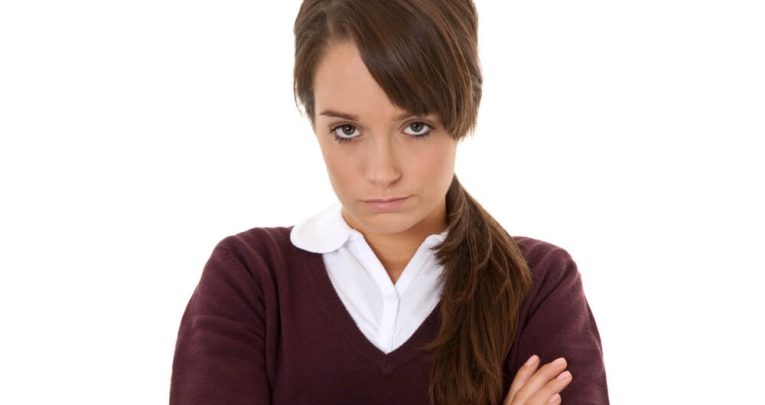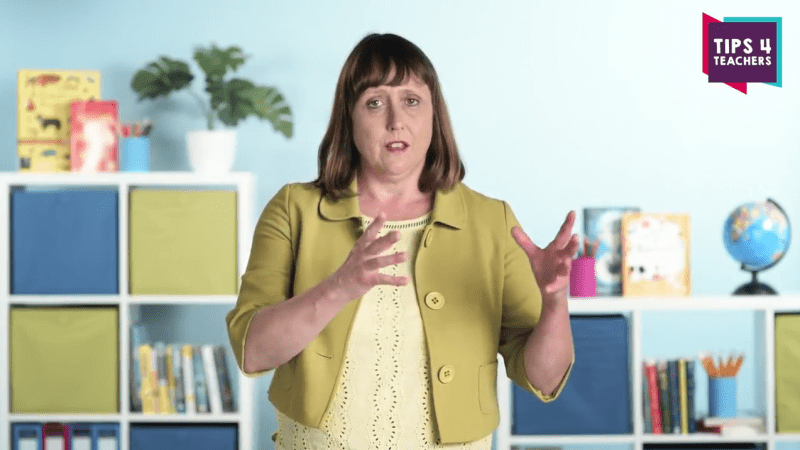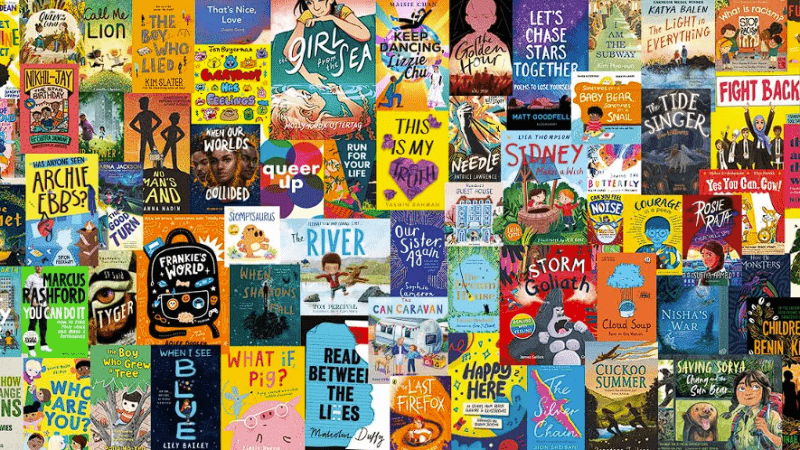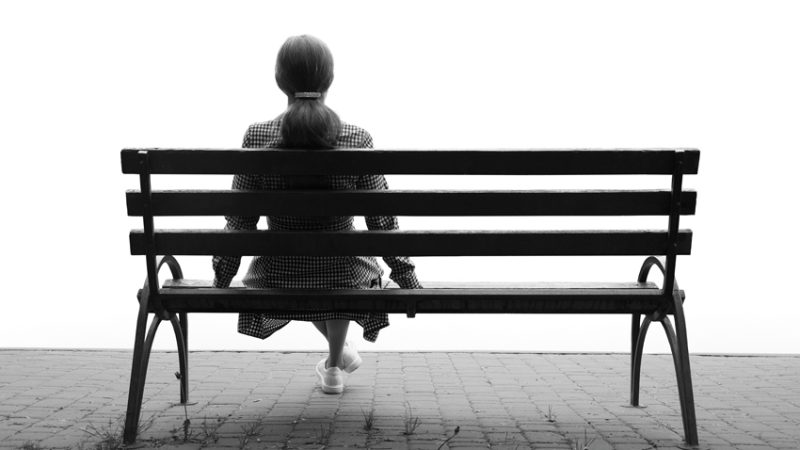How COVID-19 is impacting student stress and bullying

“Same storm, different boats” – Helen Spiers, head of counselling at Mable Therapy, explains how the stresses and strains of post-COVID schooling are fuelling new trends in bullying…

- by Helen Spiers

Based on the referrals we’ve seen at our counselling service, many young people are currently presenting with heightened anxiety – which is perhaps to be expected, given all that’s happened in 2020.
Less expected, however, is how those numbers seemed to rise only after the first lockdown of last year, when secondary schools readmitted students that September.
Primary children felt the impact as well, of course, but would have benefited more from the extra time spent with their families, and been more likely to have returned with a sense of excitement at seeing their friends again.
For teenagers, however, the developmental stage they’re at often sees many reject their parents to some degree, and attempt to forge their own identity – to a large extent, through socialisation with peers. To have been denied that for such a prolonged period amounts to a massive developmental gap that will have a profound impact.
Student stress
Adults often envisage young people as being quite carefree, and perhaps less mindful of the consequences to not obeying the rules.
In fact, many young people feel the exact opposite – they’re at an age where they’re hearing lots of news about the pandemic and are able to comprehend what’s happening, but are less able to process and filter that information as an adult might.
Consequently, we’ve seen young people who are attending school while being genuinely terrified of catching COVID and bringing it home, leading to a heightened form of stress.
Having been exposed to hardly any other people outside their immediate family for months on end, and then suddenly thrown back into classes of 30, many students will have naturally experienced enormous levels of social anxiety.
The lack of socialisation these teenagers have had with their classmates will have made many much more nervous and prone to second- guessing themselves when interacting with peers.
These issues have fed into a significant rise in referrals for school refusal. I previously worked as a school counsellor, and have never witnessed anything approaching the extent to which we’re seeing it now.
The levels of stress we’ve seen are also partly down to academic pressures – teachers are feeling anxious themselves at the amount of work their students have missed, which some students will inevitably pick up on.
Pressure cooker
These pressures can and do have an effect on interpersonal relationships within schools, but we haven’t seen a significant rise in concerns around in-person conflict, as such. More common have been concerns around the reduced number of individuals to whom younger students can turn to for emotional support and advice.
That said, a number of students will have found themselves confined to bubbles with a real ‘pressure cooker’ feel, due to being with the same set of peers at all times – great if those are people they get on with, but very challenging if they’ve been separated from friends and placed with groups they don’t particularly like.
In a state of heightened anxiety, humans can go into a form of ‘survival mode’, where traits like empathy, courtesy and compassion can become suppressed.
As adults, we can recognise this when it happens and reacquaint ourselves with that part of our nature relatively quickly, but it’s much more difficult for young people to do the same.
The corollary of this can be an uptick in bullying, though so far we’ve found there to be relatively low reporting of face-to-face bullying. What has risen considerably, however, is the amount of cyberbullying carried out online.
Disinhibiting effect
This was always going to be inevitable, given the dramatic increase in hours students have spent gaming, using social media and other online services.
In many ways, this time spent online has been a godsend, in that it’s enabled people to connect with one another, helped children maintain social contact with their friends and, on occasion, served as a babysitter of sorts for parents at home but needing to work.
In some cases, we’ve seen children start using online services at a younger age than their parents would have otherwise allowed, due to the important opportunities for socialisation that they can provide.
Lacking the maturity needed to navigate online interactions appropriately, however, cyberbullying has thus become an easy behaviour for otherwise kind and compassionate children to fall into, due to the inherently disinhibiting effect of online interactions.
They can find themselves inclined to act in ways they never would face-to-face, and sometimes won’t even recognise that they’re engaging in behaviours which could accurately be classed as bullying.
Added to this are the series of pressures that often come with being online – the sense of being judged, and the compulsion to seek validation through likes, follows and similar metrics.
Most of us, children and adults alike, will have things in our lives that serve as a corrective to this behaviour, whether it be participation in local sports teams, attending classes or clubs, or doing well in exams.
Since the spring of 2020, however, there have been extremely limited opportunities to partake in any such activities.
Children form their sense of identity and receive validation from joining various friendship groups and cliques, which can sometimes involve ostracising others who aren’t like us. Social media is very good at facilitating precisely this, which can easily escalate into full-blown bullying.
The new sloppiness
Where there have been cases of real-world bullying, some schools have needed to amend their policies to account for COVID-related bullying incidents, such as including sanctions for children who deliberately cough on others.
Reactions to COVID have brought about a uniquely contemporary form of bullying that could almost be described as ‘The new sloppiness’ – where a student might have previously been picked on for working hard in class or doing well at their homework, some children are now being bullied for wanting to wear masks in class, in the face of others’ mockery or derision.
On the whole, however, we detect the sense that there’s been a temporary ‘pause’ of bullying, because of the very general state of the crisis we’re in and the trauma we’ve collectively experienced.
There’s a now well-known analogy that says ‘We’re all in the same storm but in different boats’. In my view, schools need to be the lifeboats – attending to the different boats their children are in, gathering them together and clearly explaining how they’re going to help get everyone through the trauma of all that’s happened.
Schools could take a positive step by easing off somewhat on those academic pressures – though as a former teacher prior to being a counsellor, I appreciate how hard that would be. Yet schools have a responsibility to help children develop maturity, build empathy and resilience.
The opposite approach would be to plough ahead with those academic priorities, but children and young people can’t learn and make meaningful progress in a state of anxiety – it just doesn’t happen.
That lack of progress can then add to the pressure and resulting in yet more low self esteem – the key ingredient bullying needs to thrive.
Signs of bullying
- School refusal
If students aren’t coming in, schools need to get to the bottom of why that is
If a student is very withdrawn, or their mood seems low, and they’re not participating in things they used to enjoy, it could be a sign that something’s going on
Aggressive outbursts can be an outward sign that a student is being bullied, or that they’re taking part in bullying behaviour
Anti-bullying strategies for teachers
- A reactive approach to bullying can sometimes be necessary, but it’s far better to try and eliminate it. The culture of a school should be one in which young people recognise bullying and perceive it as wrong
Helen Spiers is head of counselling at Mable Therapy – a provider of online speech and language therapy and counselling services for schools; for more information, visit mabletherapy.com or follow @mabletherapy. Browse resources for Anti Bullying Week.










